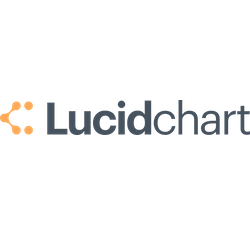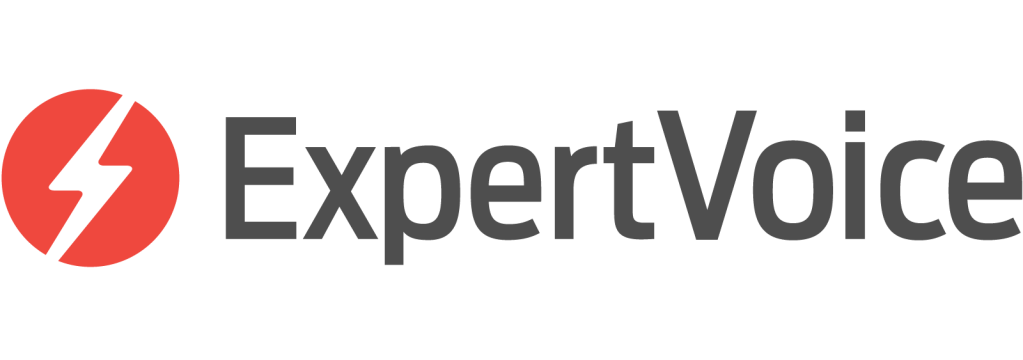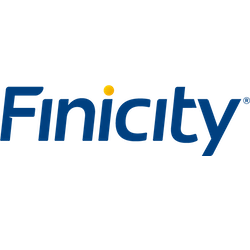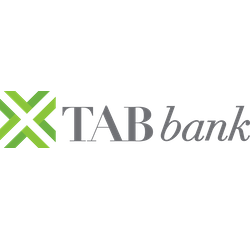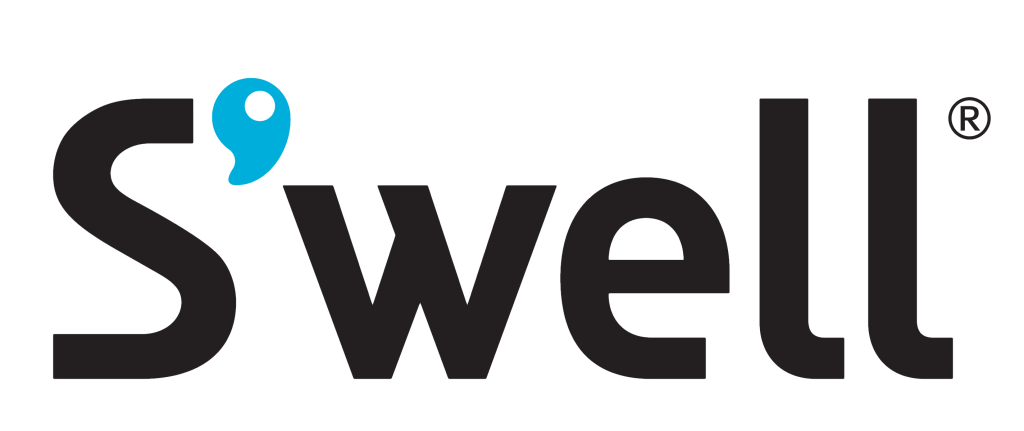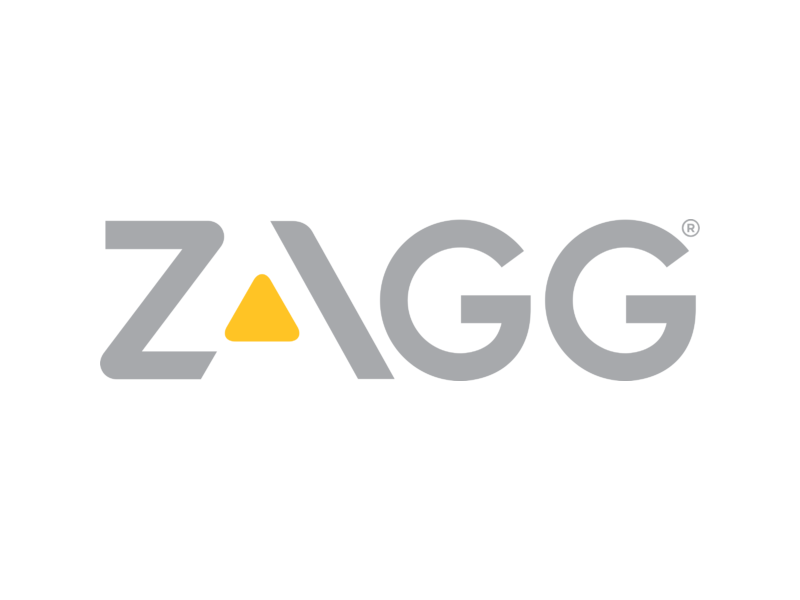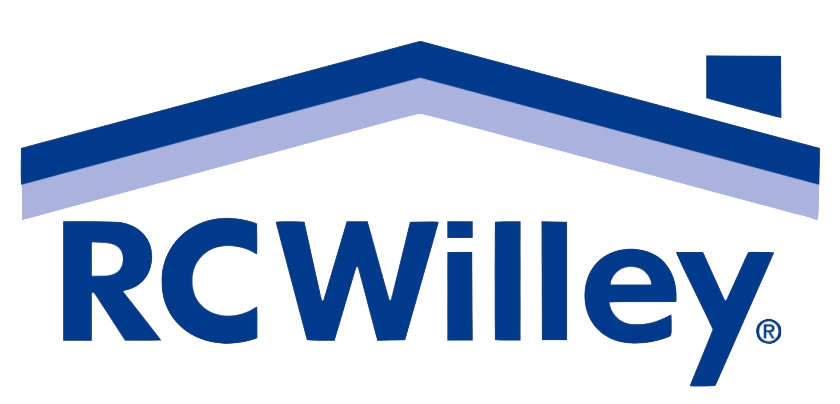Programmatic
Glossary of Terms
Demystifying Programmatic Advertising
Glossary of Terms

Programmatic Definitions
Everything You Need to Know to Understand the Basics of Programmatic
Programmatic advertising comes with it’s own world of specialized language, but the concept is pretty straightforward.
You’ll encounter many terms and acronyms that advertisers and publishers use to navigate programmatic advertising. But don’t worry! We’ve compiled a comprehensive glossary of the most important and commonly used terms in programmatic advertising. It’ll help you become an expert in this effective approach to media buying that drives superb results. Check out our guide below to begin building the foundations of your understanding of programmatic.
We’d love to set up a phone call to walk you through what we’ve learned about programmatic and what it can do for your business.
A/B Testing
Marketing research employs an experimental approach in which variables in a controlled scenario are altered, and alternative strategies are tested to enhance the effectiveness of the final marketing strategy.
Above The Fold
We might be biased, but this is our favorite term. Not only is Above The Fold the best programmatic marketing agency in all the land, but above the fold gets its name from the original definition. Above the fold refers to the section of the Web page that is visible without scrolling. In short, people would always see the “above the fold” part of the newspaper with minimal effort. In today’s world, people see the top of the website first. It’s the real estate that matters the most with the least amount of work on the consumer’s part.
Ad Exchange
An ad exchange serves as a virtual marketplace where advertisers seeking to display ads and publishers aiming to buy or sell ad space (referred to as inventory) come together. Publishers have the option to make their inventory available for sale within the ad exchange, while advertisers can place bids on the available inventory.
Ad Fraud
Ad fraud, commonly referred to as click fraud, occurs when malicious individuals attempt to artificially increase the number of impressions, clicks, or conversions generated by an ad campaign. This deceitful practice not only squanders the advertiser’s budget but also enriches the fraudster. Typically, bots are employed to carry out such fraudulent activities.
***Above The Fold utilizes DSPs and tools that help proactively mitigate ad fraud.
Ad Server
An ad server is a technology platform that plays a pivotal role in managing and delivering online advertisements. It serves as a central hub for advertisers, publishers, and ad networks to efficiently handle their digital ad campaigns. The primary functions of an ad server include:
- Ad Storage: An ad server stores various types of ads, such as images, videos, or interactive media, ensuring they are readily available for delivery when requested.
- Ad Targeting: Ad servers enable advertisers to specify targeting criteria for their ads, such as demographics, geographic location, browsing behavior, or user interests. This helps ensure that ads are shown to the most relevant audience.
- Ad Scheduling: Ad servers allow advertisers to set specific dates, times, and durations for their ad campaigns. This ensures that ads are displayed at predetermined intervals or during specific periods, aligning with campaign objectives.
- Ad Delivery: When a website or mobile app requests an ad placement, the ad server selects the most suitable ad based on targeting parameters and delivers it to the user’s device in real-time.
- Ad Tracking and Reporting: Ad servers track various metrics, such as impressions, clicks, conversions, and engagement, to provide comprehensive performance reports. These insights help advertisers optimize their campaigns and assess the effectiveness of their ad placements.
AdSense
Contextual advertisements provided by Google.
Note: we view our programmatic marketing approach as “AdSense on steroids.”
Affiliate
An affiliate is an individual or entity promoting a product or service on behalf of another business in exchange for a commission or other compensation. The affiliate typically promotes the product or service through their website, blog, or social media channels, using a unique affiliate link or code that tracks any sales or leads generated through their efforts. Affiliate marketing is a popular strategy for businesses to expand their reach and increase sales while allowing affiliates to earn passive income.
Audience Segment
The 3rd party data used to identify and target your ideal audience. Data is based on demographics, interests, purchase behaviors, browsing behaviors, location and more.
Avg Days to Convert
The average number of days it takes for an individual user to convert from the first ad impression served.
Avg Days to Convert Calculation
Excludes foot traffic data when other tracking pixels are present, due to the nature of foot traffic’s data latency.
Behavioral Targeting
Behavioral targeting is a technique used in online advertising that focuses on delivering ads to individuals based on their previous online behavior, preferences, and interests. It involves tracking and analyzing user activities such as website visits, search queries, clicked links, and other interactions to understand their browsing habits and create user profiles.
Bid Requests
A bid request is a code snippet that transmits ad inventory information to the ad exchange. This enables advertisers to examine the available ad space for their advertisements. When an advertiser finds the inventory appealing, they can respond with a bid to secure that particular ad placement.
Blended Rank
Simple average of Engagement Rank and Conversion Rank.
Brand Lift
A brand lift study is a research methodology used in advertising to measure the impact and effectiveness of an advertising campaign on key brand metrics. It aims to assess the lift or positive changes in consumer perception, awareness, attitudes, and behaviors resulting from exposure to advertising.
Brand lift studies provide valuable data to optimize advertising campaigns, refine targeting strategies, and make informed decisions for future marketing initiatives. They help advertisers understand the true impact of their advertising investments and make data-driven adjustments to enhance brand performance and customer engagement.
Clicks
The number of times a user clicked on an ad impression
Completion Rate
Completed ad views / started ad views
Connected TV (CTV)
Connected TV refers to televisions that have the capability to access and stream content from the internet, providing an interactive and on-demand viewing experience.
Contextual Advertising
Contextual targeting is an advertising strategy that utilizes the surrounding context of a web page to deliver highly relevant ads to the appropriate audience at the perfect moment.
Conversion Rank
Based on an audience segment’s conversion rate and is ordered from highest to lowest conversion rate.
Conversion Rate
Calculated by dividing the number of conversions by the number of impressions served
Conversions
The desired action(s) taken by users who view. This can include a purchase, form fill, page view, and more.
Cookie
In the realm of digital marketing, a cookie refers to a small text file that is stored on a user’s device when they visit a website. Cookies contain information such as user preferences, browsing history, and site interactions, which can be utilized by websites to enhance the user experience, provide personalized content, and track user behavior for advertising and analytics purposes.
CPA or Cost Per Acquisition
Refers to a marketing metric that measures the average cost incurred to acquire a new customer or obtain a desired action, such as a sale or a lead.
CPC or Cost Per Click
The cost or cost-equivalent paid per click-through.
CPCV or Cost Per Completed View
A metric used in digital advertising to measure the cost incurred for each view of a video advertisement that is played in its entirety by a user.
CPM or Cost Per Mille (thousand)
Cost Per Mille represents the cost of advertising per one thousand impressions or views of an advertisement.
Creative
Each individual ad unit (video, audio, banner) applied to the campaign
Cross-device Targeting
Cross-device targeting refers to delivering targeted advertisements to users across multiple devices based on their behavior and interests, such as smartphones, tablets, laptops, and connected TVs. It aims to create a seamless and consistent advertising experience as users switch between devices, allowing advertisers to reach their target audience across various touchpoints and maximize campaign effectiveness.
CTC or Click-Through-Conversion
Quantifies the instances when a user encounters an ad, engages by clicking on it, and completes a conversion during that same session. CTC metrics typically capture conversions from first-time clickers, making it a valuable tool for tracking immediate conversions without requiring further nurturing or follow-up engagements.
CTR or Click-Through-Rate
Clicks / impressions
Dayparting
Dayparting is an effective marketing tactic that strategically schedules ad placements during optimal timeframes for maximum impact. By carefully analyzing engagement patterns, a marketer can selectively run ads during specific periods to capitalize on the periods when their ads receive the highest level of audience engagement. This approach enables precise timing and enhances the effectiveness of ad campaigns.
DMA
Designated Metro Area (as defined by Nielsen)
DMP or Data Management Platform
A centralized technology platform that collects, organizes, and analyzes large volumes of data from various sources to create detailed user profiles. It enables marketers to segment audiences, gain insights, and utilize the data for targeted advertising, personalization, and campaign optimization.
DSP or Demand Side Platform
A technology platform used in digital advertising that allows advertisers and agencies to purchase and manage ad inventory across multiple ad exchanges and publishers. DSPs provide tools for targeting specific audiences, optimizing ad placements, and automating the buying process through real-time bidding (RTB). Advertisers can leverage DSPs to reach their target audience efficiently and maximize the performance of their ad campaigns while gaining valuable insights and control over their advertising activities.
Engagement Rank
A score based on an audience segment’s VCR; ordered from highest to lowest VCR.
First-Party Data
First-party data refers to the information collected directly from individuals or users by a company or organization that has a direct relationship with them. It includes data obtained through interactions such as website visits, app usage, purchase history, subscriptions, and customer relationship management (CRM) systems.
Frequency
The average number of times you served to each user
Impressions
The number of ads served to each individual user.
Median Impressions to Convert
The quantity value lying in the midpoint, of the number of times a user viewed an ad before they completed the desired campaign action.
OLV or Online Video
OLV or Online Video advertising where videos are typically 6, 15, 30, or 60-second horizontal ads that run before, during, and after video content on websites and apps.
Publisher
The content publisher and/or supply-side platform from whom we acquired the inventory
Reach
The number of unique users served impressions in your audience.
Tactical Strategy
The targeting you have applied to the ad ecosystem . This includes CRM, Site Retargeting, Location-Based Targeting, and much more.
Tactic
The ad ecosystem you are serving on. This includes CTV, display, online video, and audio.
Tracking Pixel
Tracking Pixels are pieces of script placed on your website that enable conversion tracking.
VCR or Video Completion Rate
In simple terms, video completion rate is a metric that measures the percentage of digital video impressions that play to completion. It is a fundamental metric for assessing the efficiency and effectiveness of your video campaign.
Zip
Postal Code
Setup a Free Programmatic Consultation

Blog & Industry Updates
Google Review

5.0 Star














